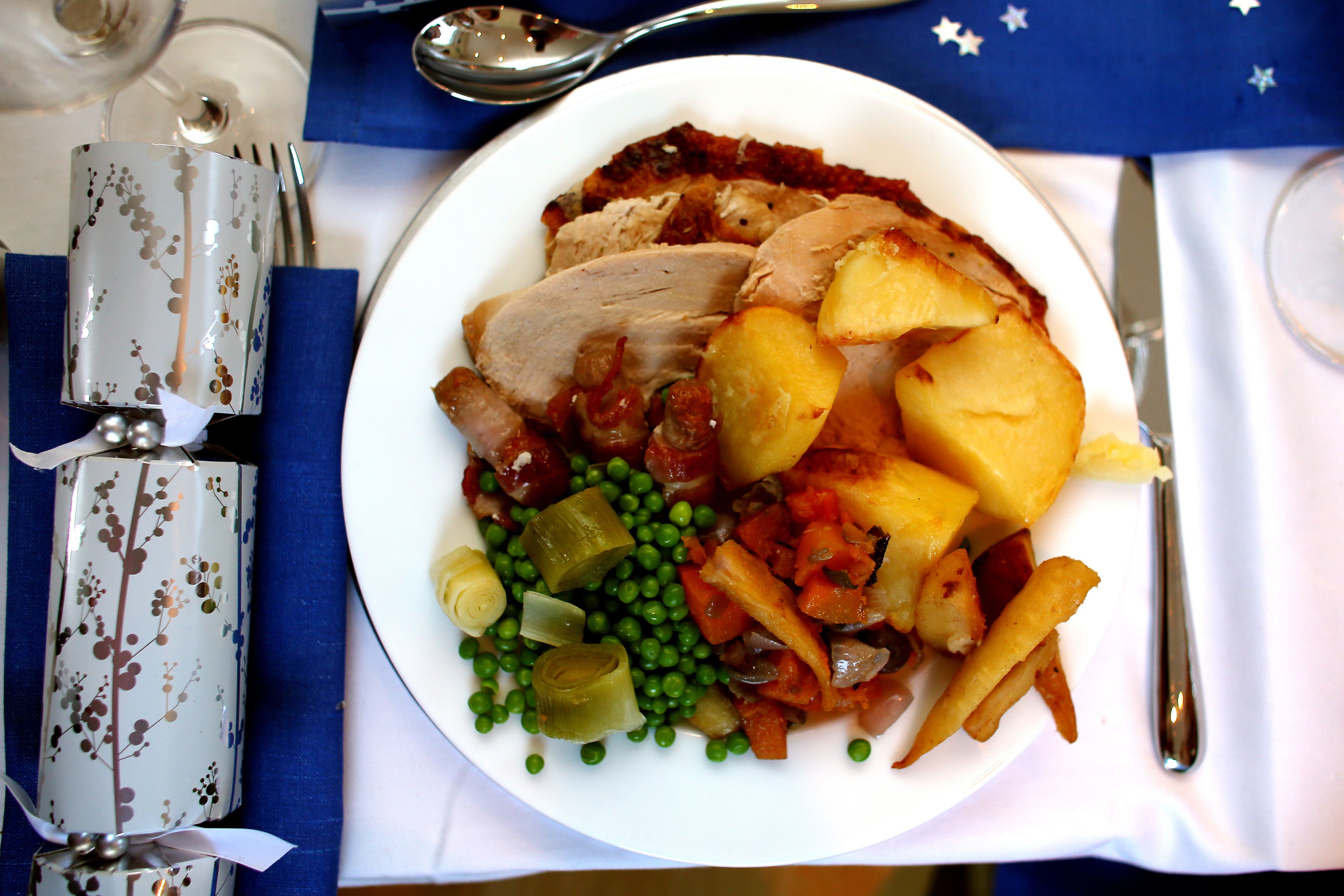Christmas grocery spending reaches new record as food prices soar
The total value of sales has risen because of the increasing cost of food and drink rather than because people are spending more, according to Kantar.

Your support helps us to tell the story
From reproductive rights to climate change to Big Tech, The Independent is on the ground when the story is developing. Whether it's investigating the financials of Elon Musk's pro-Trump PAC or producing our latest documentary, 'The A Word', which shines a light on the American women fighting for reproductive rights, we know how important it is to parse out the facts from the messaging.
At such a critical moment in US history, we need reporters on the ground. Your donation allows us to keep sending journalists to speak to both sides of the story.
The Independent is trusted by Americans across the entire political spectrum. And unlike many other quality news outlets, we choose not to lock Americans out of our reporting and analysis with paywalls. We believe quality journalism should be available to everyone, paid for by those who can afford it.
Your support makes all the difference.British households spent more than £12 billon on groceries over Christmas, the highest amount on record, new figures show.
The total value of sales has risen because of the increasing cost of food and drink, rather than because people are spending more, according to Kantar’s monthly monitor.
In fact, the volume of sales was down by 1% over December, compared with the same period last year, indicating that shoppers are facing a much more expensive grocery shop, Kantar said.
Soaring costs are reflected in British households’ spending on traditional Christmas food items last month.
The amount of money spent on mince pies climbed by nearly a fifth in December, despite the volume of sales barely increasing at all. And people spent 16% more on Christmas puddings, but only 6% in terms of volume.
Value sales are up significantly but grocery price inflation is the real driving factor behind this, rather than increased purchasing
However, there was some good news in the data, with grocery price inflation easing slightly over December, dropping to 14.4% from 14.6% the previous month, and representing the second monthly decline in a row.
Kantar’s monthly report analysing the spending habits of 30,000 households across Britain also revealed that people are continuing to ditch brands in place of supermarkets’ own-label products.
Sales of stores’ own brands surged by 13.3% in December, compared with a 4.7% rise in branded lines.
Many retailers also increased their ranges of premium own-label products over Christmas, with sales of those lines growing by 10.2% and hitting more than £700 million in total for the first time.
Tesco’s Finest range came out on top in terms of sales, while Aldi and Lidl enjoyed significant growth in their premium own-labels.
Meanwhile, the supermarket giants continue to dominate spending for UK shoppers, with Tesco, Sainsbury’s, Asda and Morrisons accounting for more than two-thirds of all spending.
However, Aldi held on to its title of fastest-growing grocer, enjoying a 27% surge in year-on-year sales and taking its share of the market to 9.1%, from 7.7% this time last year.
Fraser McKevitt, head of retail and consumer insight at Kantar, said: “Monthly grocery sales were a whopping £1.1 billion higher in December versus last year, breaching the £12 billion mark for the first time.
“Value sales are up significantly but grocery price inflation is the real driving factor behind this, rather than increased purchasing.
“This is the second month in a row that grocery price inflation has fallen, raising hopes that the worst has now passed.
“However, it’s still a painfully high figure at the current rate, impacting how and what we buy at the shops.”